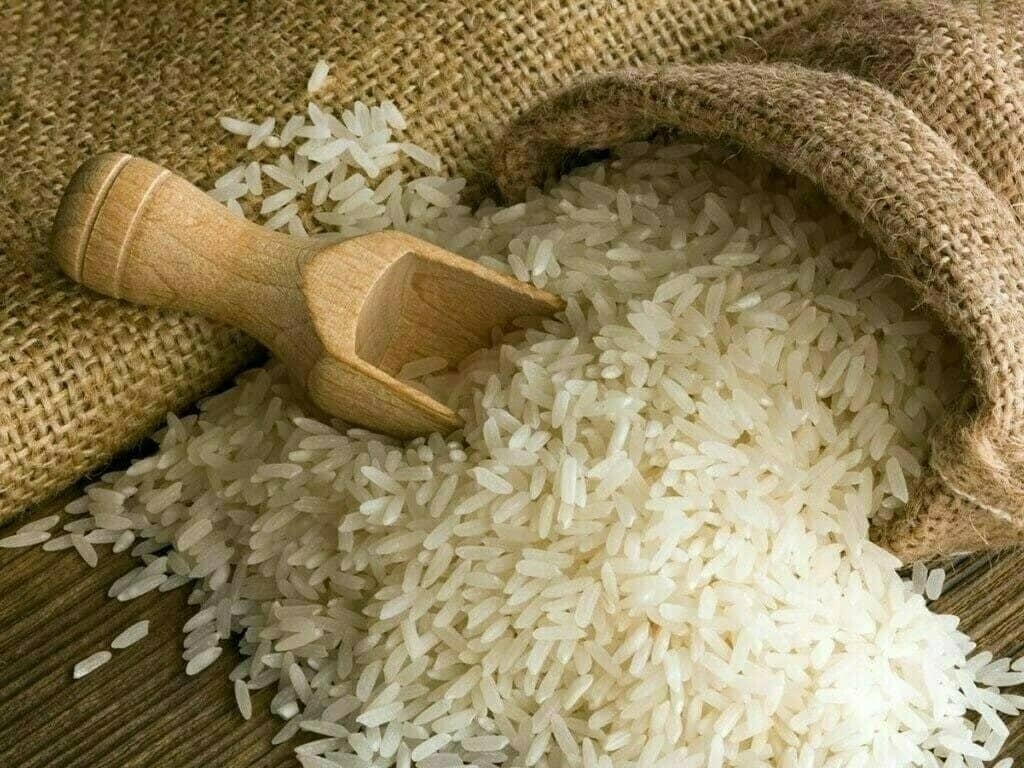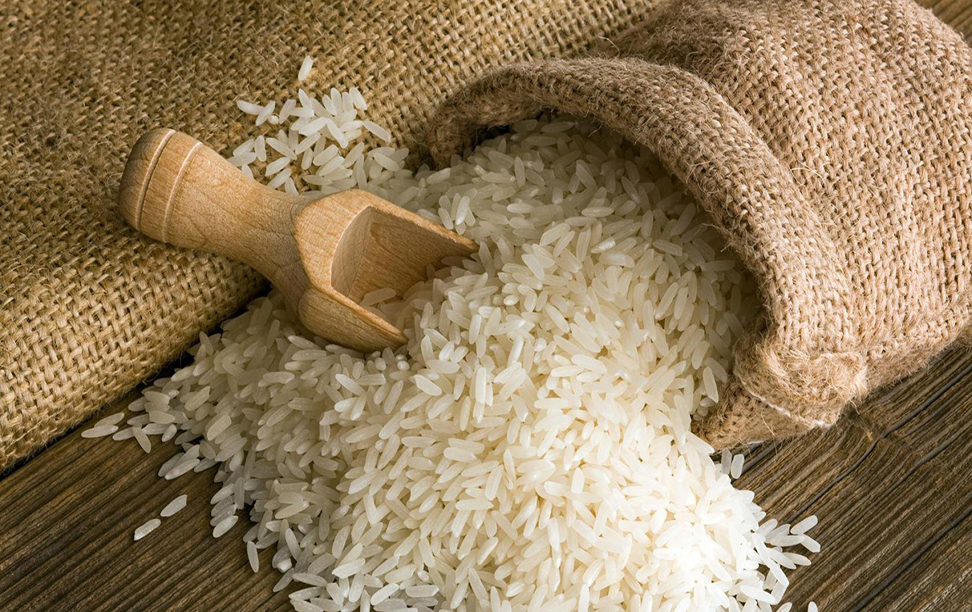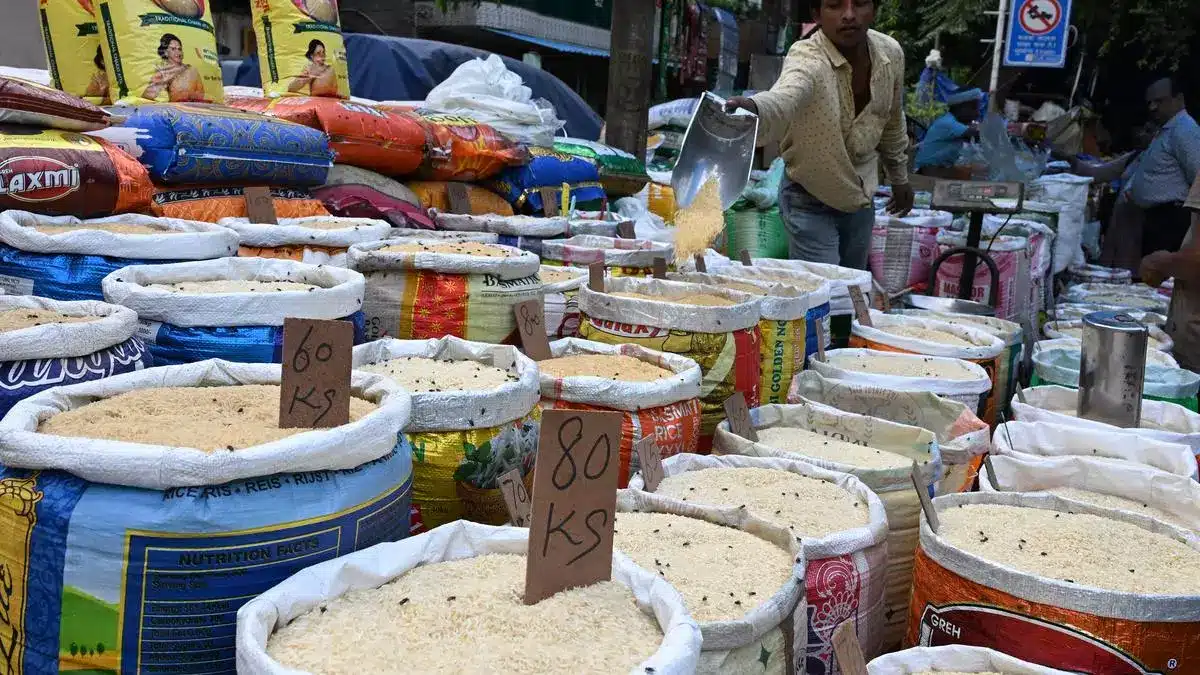Tags
Climate Change and the Unsettling Future of Rice Production in Pakistan

Rice is Pakistan’s second-biggest crop after Wheat in terms of cultivated area. Besides being the second staple crop and contributing 2 million tons to our food requirement, it also acts as a cash crop.
In FY 2022, Pakistan exported $2.5 billion worth of rice, making it the 4th largest exporter. It’s also a major contributor to employment and income for rural households, but at what cost?
Rice is the water-thirstiest crop in the world, as it’s grown in standing water to control weeds. According to studies, it takes 3000–5000 liters of water to produce a single kilogram of Rice in Pakistan. Climate Change is hitting the South Asian Country in the worst ways possible with floods in monsoons and droughts at the start of the Kharif Season.
Water Shortage and Challenges So Far
Irrigation water availability has been increasingly declining for the past few years, especially during the Kharif season. Indus River System Authority (IRSA) estimated a 19 percent shortage for 2021 and 27 percent for the last year while its meeting convened last week forecasted a 37 percent water scarcity for the upcoming Kharif season. Our per capita water availability has plummeted from 5,650 cubic meters in 1951 to 908 cubic meters in 2022. Even if the Government magically reaches a consensus and builds new dams before the situation worsens, we might still be unable to afford such extravagant use in agriculture with increased demand in urban population centers.
It’s critical to seek and disseminate effective conservation practices so we can ensure rice productivity and food security. The traditional transplanting and continuously flooded system is a significant contributor to overall rice production and is highly effective in controlling weeds, ensuring optimum plant stand, and achieving higher yields.
But it’s enormously inefficient in terms of irrigation and requires a large amount of water to keep the field flooded. Scientists are working on tons of water-conserving alternatives but few of these technologies have been found uniquely successful and have been largely adopted. Direct Seeded Rice (DSR) and Alternate Wetting and Drying are two.
Alternate Wetting and Drying (AWD) was developed by International Rice Research Institute (IRRI) in the 1970s. It involved alternate flooding and drying throughout the cropping season depending on the soil water threshold level, the physical appearance of the soil, or after fixed non-flooded days. It can essentially reduce the water inputs from 25 percent to 70 percent given the soil type and climatic conditions.
“AWD is the only plausible sustainable and eco-friendly rice cultivation method,” stated Basit Mustafa, Agronomist at Ricult which is a US-based Agritech solution provider operating in Pakistan and Thailand. Ricult utilizes AI & Data to provide insights along with affordable credit and other fintech solutions.
“We have achieved up to 30 percent more water savings in Pakistan with AWD and there is also room for improvement depending on soil & climate,” added Basit.
The technique is under large-scale dissemination and adoption in the Philippines, Bangladesh, Vietnam, India, China, Thailand, USA, Vietnam, and Brazil. In field studies, AWD has been found to increase the profits by 38-42 percent in tube well irrigation with yield increase.
Direct Seeded Rice (DSR) technology entails sowing rice in either moist or dry soil (immediately irrigated). Since no transplanting is needed in this practice, it results in up to 75 percent labor savings. Mechanization of Rice is still in the early stages and labor has been hard to arrange in rural areas in recent years due to the youth moving to cities. Irrigation and herbicides are carefully managed in this method to ensure that the crop does not suffer from either the weed or the moisture stress. It can also result in up to 30 percent water savings.
The major challenge of cultivating rice without flooded conditions is controlling weeds. Some new weeds like Red Rice have also emerged in the fields which are strongly resistant to conventional herbicides and are hard to manage without flooding.
“DSR can be widely adopted in arid regions if we can come up with ways to control weeds without flooding the fields. There are herbicides available internationally for Red Rice by the MNCs but they have deliberately avoided introducing them in the Pakistani market,” added Basit.
Way Forward
There is the need to train farmers on modern lines to conserve water and the government’s continuous incompetence in doing so. It’s one thing when we lack solutions and need capital and time to put in R&D to come up with them, but we already have solutions.
Our universities and research institutes give a lot of effort into dozens of studies to establish the efficacy of these techniques in our local soil and climate but in the end, we either fail to ensure the widespread adoption or the concerned department never put their total weight behind it in the first place. You go into the field, meet farmers, and realize that for whatever reason, even the most basic practices introduced by the agriculture department decades ago haven’t made their way into their field.
There is a need be a consensus between research institutes and agricultural departments and the farm advisory services need to be overhauled to ensure that the farming community gets the motivation or incentive to follow the best practices available out there.
https://propakistani.pk/2023/04/18/climate-change-and-the-unsettling-future-of-rice-production-in-pakistan/Published Date: April 19, 2023







